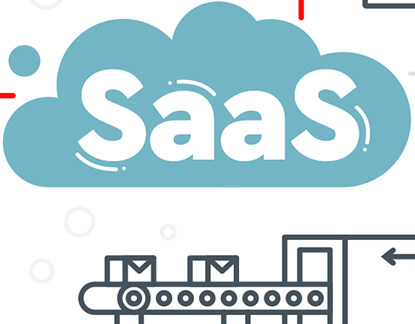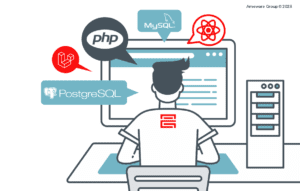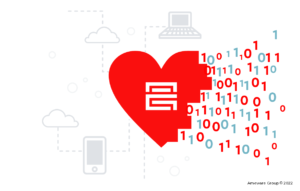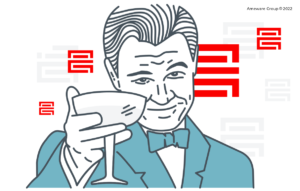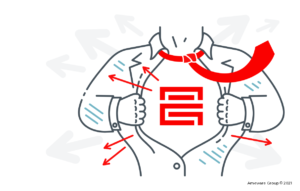ADVANTAGES OF SOFTWARE-AS-A-SERVICE.
First, what does this acronym mean? There so many of them these days, so it’s easy to get lost. If you compare Perpetual Licensing with buying a house, then Software-as-a-Service would be a straightforward rent.
- Many SaaS applications offer a free trial. Yay, a month of free rent!
- Obviously, renting cost is way cheaper than buying a lifetime product.
- No installation required. Simply log in to your account.
- No issues with updates and upgrades, it’s all taken care of by your SaaS provider.
- SaaS accessibility is beyond awesome. All you need is a device that has access to the Internet.
- Reliability. SaaS app is reliable as cloud application can be.
SPECIFICS OF BUILDING SAAS APPLICATIONS.
Tenancy
One of the critical technical questions of SaaS development is tenancy. There, multi-tenancy is often opposed to the single-tenancy, an architecture in which each customer is served by a separate application. While in multi-tenancy case, multiple clients are operated by a shared application and database.
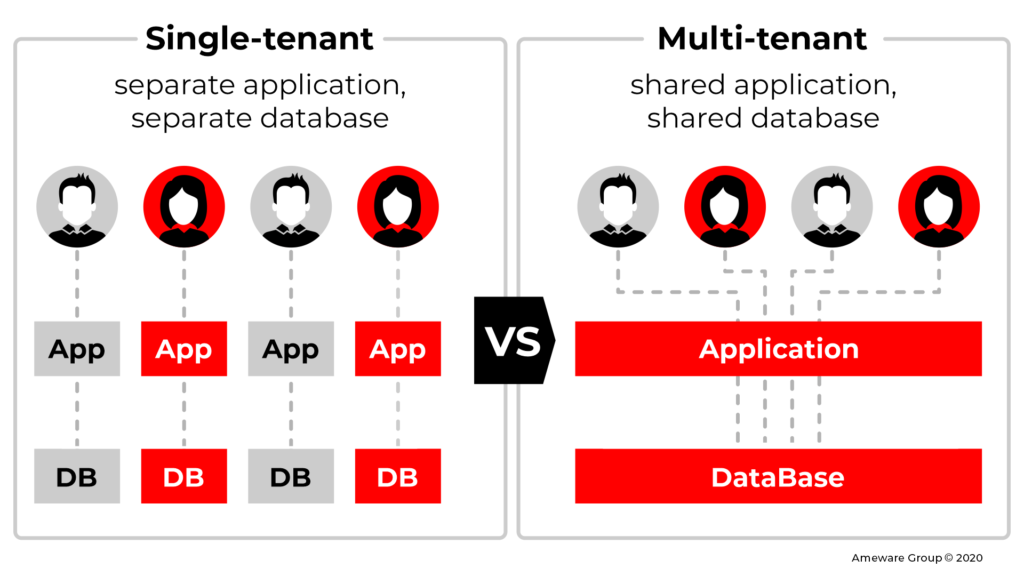
Single-tenancy offers better security protection since there is no shared database. Being dedicated to a single client, it proves better reliability and customization.
On the other hand, multi-tenancy beats its competitor by affordable cost, minimal maintenance, and easier integration.
API-based SaaS
Some SaaS services may not have GUI and provide their services through the web-based API. The cost of this kind of product usually based on the number of API’s usages.
API-based SaaS makes its value by the data it provides. Once it integrated into your platform, it would be hard to get rid of and replace, since it requires developers involvement.
Pricing
Majority of SaaS applications works on a subscription-based model, while it also has its pricing options:
- Flat-rate pricing model. Being the most basic pricing it offers a fixed number of features for a fixed amount of money.
- Per-feature pricing model gives customers transparency and opportunity to pay only for what they need.
- Per-user pricing model. Very straightforward, it offers a fixed price per user per month.
- Usage-based pricing model. As mentioned before, this kind of pricing is often used by API-based SaaS products.
STEPS TO BUILD SAAS APPLICATION.
Hopefully, you’re inspired now to create SaaS application of your own. Assuming that you have researched the market, analyzed competitors and validated your idea, now you want to jump in straight to the SaaS software development.
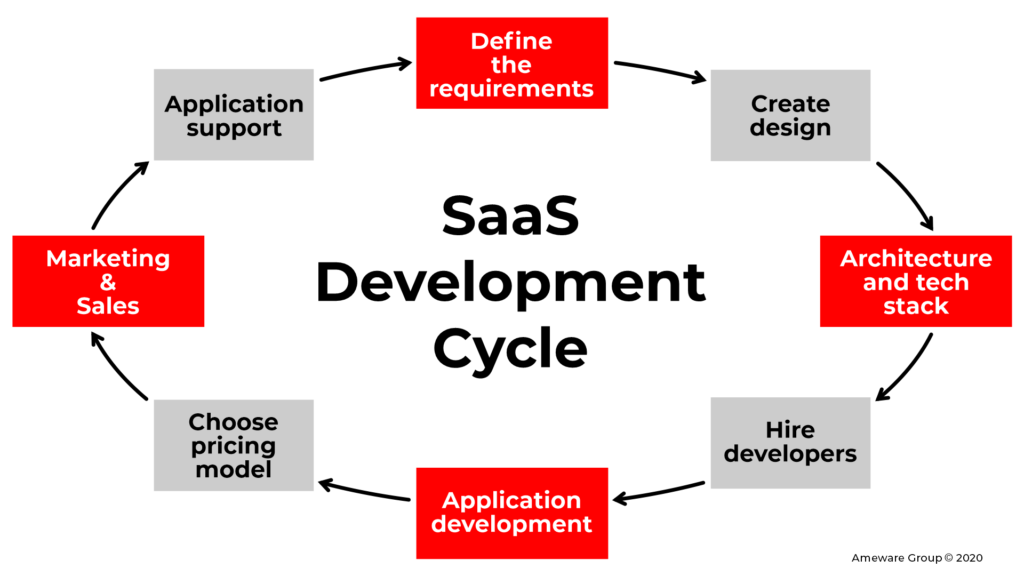
SaaS requirements
It doesn’t have to be something massive and too corporate. Simply define your features, their meaning and value, which product must have to serve its purpose to the customers.
The things to pay attention to while working on SaaS requirements:
- Design
- Features list
- Features for MVP
- Pricing model
- Security
- Scale
- Other architecture specifics, like tenancy and integration with other services
Design of SaaS web app and SaaS mobile app
With your requirements in hands, you’re ready to start working on the design. Hire a good designer might to tricky; you would have to consider Dribbble, Upwork, and other freelance platforms.
Study their portfolio:
- What experience do they have?
- Do they have successful projects with your target audience?
- Have they worked with mobile design?
Schedule a call with designers you liked to understand:
- How easy is it to communicate with a person you’re about to hire?
- How so their resolve conflicts if you’re not happy with their work?
- When is he/she ready to start?
- Do you need to write user stories for them?
Technology stack
While your designer is busy with creating the image of your SaaS application, it’s time to approach the question of the technology stack.
Tech stack is a set of all frameworks, programming languages, IDEs, and other tools chosen for the development of a web/mobile app.
Speaking of the client-side (another word for front-end), your choice lies among HTML5, CSS3, JavaScript, React.js, Redux.js, Bootstrap, etc. On the server-side (back-end in other words), there are databases, message brokers, servers, programming languages, like Java, C#, Python, etc.
More detailed information on how to choose tech stack is available in this article.
Find SaaS developers
If you have requirements, design, tech stack are ready, then you’re up to the next step — hire a developer or a team of developers. If you didn’t consider software outsource before, you might want to do it now.
This article will be your pricing guide with detailed instructions on how to approach the hiring of developers, even if you don’t know the first thing about it.
SaaS Application Support
The Software as a Service development journey does not end with the completion of development. As you know, SaaS applications often lose their clients after a few months of usage simply due to their pricing model. But not only. The question of SaaS support might be an issue as well. It’s crucial to set trustworthy relationships with your developers, experts SaaS development. They will not only implement your MVP but also will be with you through the all MVP cycles when you would be receiving the feedback from your customers and adjust. It’s better if a member(s) of your team will be the ones who support the app afterwards and fix the bugs to increase your customers’ satisfaction.
CONCLUSION.
Looking at the success of the most popular SaaS apps, the temptation to start your own SaaS business is understandable. Modern, popular, with the transparent monthly outcome, it attracts many business and startup founders. However, SaaS product development is challenging, and you may want to ask for professional help from people who specialize in SaaS application development.




